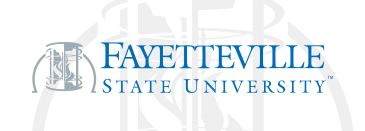Performance, microbial community evolution and neural network modeling of single-stage nitrogen removal by partial-nitritation/anammox process
Document Type
Article
Publication Date
7-1-2019
Abstract
Single-stage nitrogen removal by anammox/partial-nitritation (SNAP) process was proposed and explored in a packed-bed-EGSB reactor to treat nitrogen-rich wastewater. With dissolved oxygen (DO) maintained within 0.2–0.5 mg/L, reactor performance and microbial community dynamics were evaluated and reported. To ascertain whether control/prediction of the SNAP process was feasible with mathematical modeling, a novel 3-layered backpropagation-artificial-neural-network-(BANN) was also developed to model nitrogen removal efficiencies. When NLR of 300 gN/m3·d and DO of <0.3 mg/L was employed, the SNAP-process demonstrated autotrophic nitrogen removal pathways with NH4+-N and TN removal of 91.1% and 81.9%, respectively. Microbial community succession revealed by 16S rRNA high-throughput gene-sequencing indicated that Candidatus-Kuenenia-(33.83%), Nitrosomonas-(3.4%) Armatimonadetes_gp5-(1.39%), Ignavibacterium-(1.80%), Thiobacillus-(1.33%), and Nitrospira-(1.17%) were the most pronounced genera at steady-state. The proposed BANN-model demonstrated high-performance as computational results revealed smaller deviations (±3%) and satisfactory coefficient of determination-(R2 = 0.989), fractional variance-(FV = 0.0107), and index of agreement-(IA = 0.997). Thus, forecasting the efficiency of a SNAP-process with neural-network modeling was highly feasible.
Recommended Citation
Antwi, Philip; Zhang, Dachao; Luo, Wuhui; Xiao, Long wen; Meng, Jia; Kabutey, Felix Tetteh; Ayivi, Frederick; and Li, Jianzheng, "Performance, microbial community evolution and neural network modeling of single-stage nitrogen removal by partial-nitritation/anammox process" (2019). College of Humanities and Social Sciences. 377.
https://digitalcommons.uncfsu.edu/college_humanities_social_sciences/377


